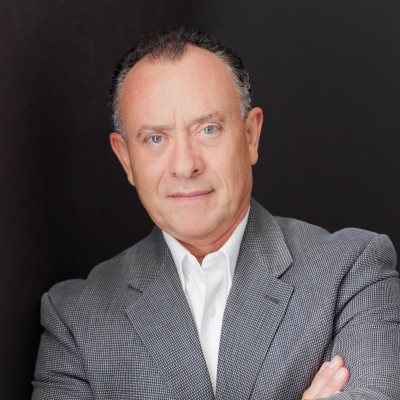- Video Library
- Gary Strange Presents MMD Technologies at LSI USA '24
Gary Strange Presents MMD Technologies at LSI USA '24

Gary Strange
MMD Technologies is a medical device company with a patented and trademarked platform technology for gene delivery, cancer treatment and an array of applications in surgical oncology, dermatology and treatment of heart ischemia through promotion of angiogenesis. More than $35M of NIH grants and 40 years or research have produced the first major change in a proven technology in more than 60 years. We are in the industry to care for animals and bring the technology to bear for humans. If we are profitable, then it will be because we did the right thing, not because we set out to make money. Our passion is defeating cancer, and we fight that battle every single day bringing this life saving technology to veterinary medicine and soon to human clinical use.
MMD has three divisions. Human health, Animal Health and Research. Animal Health brought the first US made veterinary instrument to market late in 2023 and is leading the way for the modality in the US.
Human clinical trials will begin in the next few months and the FDA has given us runway to pursue the 510k path for ablation. Since we can monitor impedance feedback in real time, we expect efficacy to be much higher just as it is with delivery.
Gary Strange
MMD Technologies is a medical device company with a patented and trademarked platform technology for gene delivery, cancer treatment and an array of applications in surgical oncology, dermatology and treatment of heart ischemia through promotion of angiogenesis. More than $35M of NIH grants and 40 years or research have produced the first major change in a proven technology in more than 60 years. We are in the industry to care for animals and bring the technology to bear for humans. If we are profitable, then it will be because we did the right thing, not because we set out to make money. Our passion is defeating cancer, and we fight that battle every single day bringing this life saving technology to veterinary medicine and soon to human clinical use.
MMD has three divisions. Human health, Animal Health and Research. Animal Health brought the first US made veterinary instrument to market late in 2023 and is leading the way for the modality in the US.
Human clinical trials will begin in the next few months and the FDA has given us runway to pursue the 510k path for ablation. Since we can monitor impedance feedback in real time, we expect efficacy to be much higher just as it is with delivery.

17011 Beach Blvd, Suite 500 Huntington Beach, CA 92647
714-847-3540© 2025 Life Science Intelligence, Inc., All Rights Reserved. | Privacy Policy







